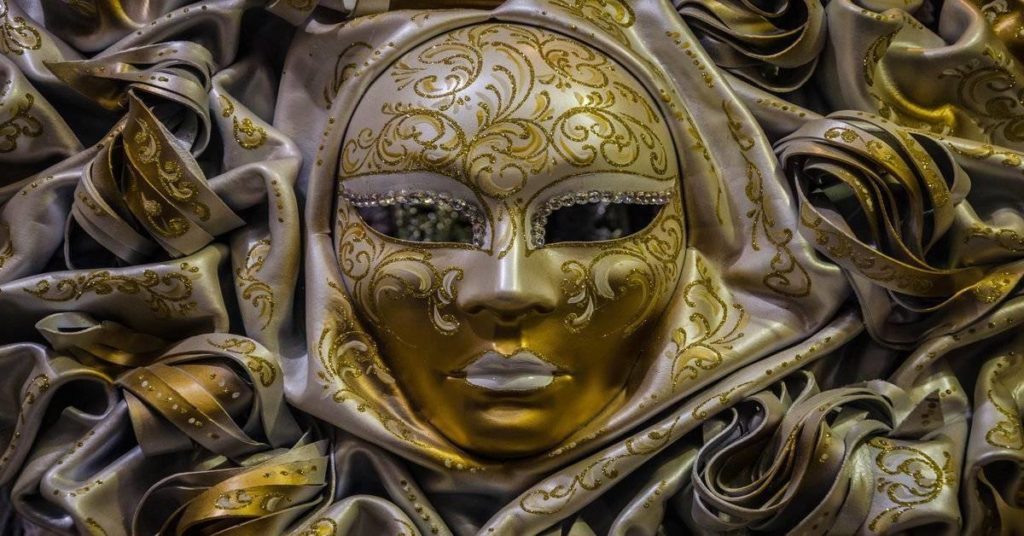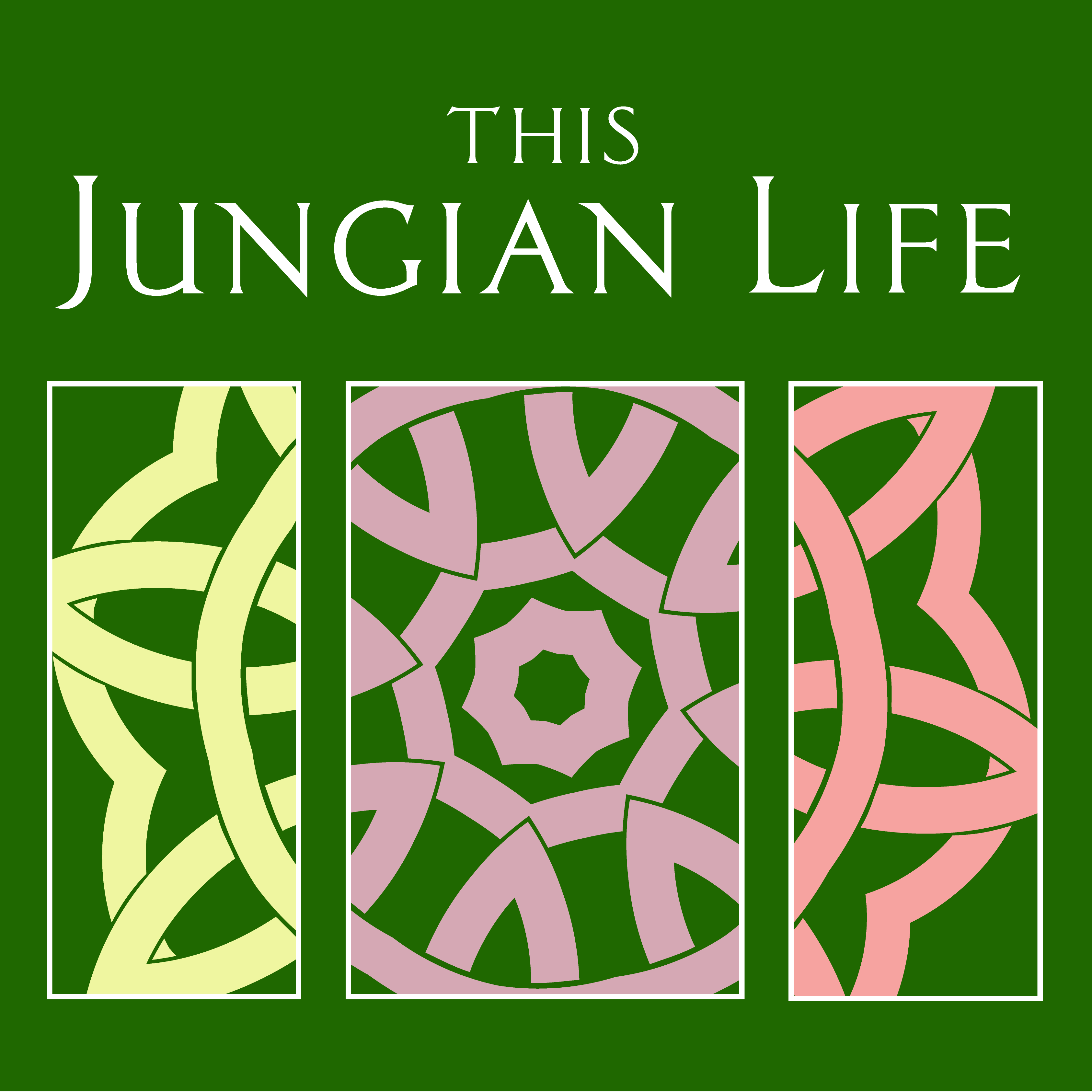
Masks are the symbol of COVID life, and they have archetypal roots as old as humankind. We ward off evil microbial forces with bandanas, neck gaiters, patterned fabrics, and high filtration medical masks. Masks provide access to our shape-shifting potential, connect us to our instinctual depths, mediate our relationship to the spirits, and open a portal to the mythic realm of story and drama.
Masks waft us into new identities: children become superheroes or face-painted animals; women apply make-up, men craft beards, and everyone wears sunglasses that shade us from more than sunlight.
We also wear a social mask, persona, and present different aspects of ourselves to colleagues, Facebook friends, and family—but if we identify with the faces we present to the world we risk defining ourselves according to fixed and superficial attributes. Masks in all their forms affect the experience of wearer and viewers.
Dream
“I am staying in a large, gothic house in the countryside while some sort of calamity is occurring in the world. I think it is a weather event, as it is raining heavily outside. My adult daughter screams, summoning me to the foot of the imposing stairs, where she has seen a mouse scurrying. She is desperate that I catch it, and I do, holding it in my fist, against my bare chest. I know it is terribly diseased and that the best thing would be for me to kill it, so I simply crush it. To my horror, and disgust, foul liquid bursts out of the mouse. Now I have this horrible corpse to dispose of and I don’t want my daughter, or anyone else, to see it. I can feel the sticky liquid on my bare skin. I find myself outside in the pouring rain. The rain is soaking me and now I have a large teddy bear in my arms. The corpse of the mouse is embedded in the teddy bear. As I walk, the bear becomes sodden, heavy and cumbersome. I am looking for somewhere to dispose of it, but nowhere seems suitable. I wake feeling anxious.”

0 Comments